
02 Dec Genealogist- Newsletter- December 2, 2023
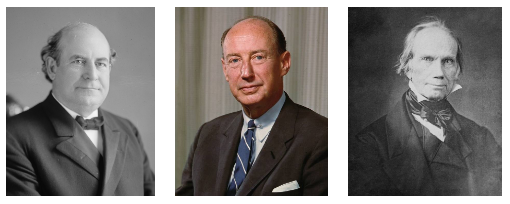
Contents
- 1 DEJAVU AMONGST GENEALOGISTS AT THE BALLOT BOX
- 2 FRAUNCES TAVERN IN NYC HAS A FABULOUS HISTORY FOR A GENEALOGIST
- 3 MORE ON THE RISQUE LIFE OF FOUNDING FATHER GOUVERNEUR MORRIS BY A GENEALOGIST
- 4 GEORGIA ELECTION FRAUD. DOES THAT SOUND FAMILIAR TO A GENEALOGIST?
- 5 ACCORDING TO GENEALOGISTS, BARNEY THE DINOSAUR WASN’T THE FIRST PERSON TO CHOOSE PURPLE AS HIS FAVORITE COLOR
- 6 WHAT ABOUT YOUR ANCESTORS, ASKS THE GENEALOGIST?
DEJAVU AMONGST GENEALOGISTS AT THE BALLOT BOX
If our next presidential election were to be held today, we would have the same major party choices as last time. I was curious how many times that has happened in the past that has occurred:
In 1789 and 1792, George Washington beat John Adams. However, before the 12th amendment, it was a forced rank election, and the consolation prize for the loser was becoming the Vice President. Of course Adams later went on to become president in his own right.
The next time was in 1824 when John Quincy Adams beat Andrew Jackson. Four years later, Jackson beat Adams.
In 1836, Martin Van Buren beat William Henry Harrison; four years later, Harrison prevailed.
In 1888, William Henry Harrison’s grandson, Benjamin Harrison, beat Grover Cleveland. Four years later, Cleveland beat Harrison.
In 1896 and 1900, William McKinley beat William Jennings Bryan, so voters had only four presidential choices for four elections spanning 16 years.
In 1952 and 1956, Dwight Eisenhower beat Adlai Stevenson II twice.
Pictures of the two who ran twice but never got elected are above- William Jennings Bryan and Adlai Stevenson II. Bryan ran three times and was also defeated by William Howard Taft.
Since the ratification of the Twelfth Amendment, Bryan and Henry Clay (also pictured above) are the lone individuals who received electoral votes in three separate presidential elections but lost all three. The 493 cumulative electoral votes cast for Bryan across three separate elections are the most received by a presidential candidate who was never elected. Genealogist.

 FRAUNCES TAVERN IN NYC HAS A FABULOUS HISTORY FOR A GENEALOGIST
FRAUNCES TAVERN IN NYC HAS A FABULOUS HISTORY FOR A GENEALOGIST
A friend recently visited the Fraunces Tavern, and having never heard of its history, I investigated and found the following timeline:
1686 The site of 54 Pearl Street was granted to Stephanus Van Cortlandt by Mayor Nicholas Bayard.
1700 The property, created from the first landfill of Manhattan, was given to van Cortlandt’s daughter Ann and son-in-law, Etienne De Lancey, as a wedding present.
1719 Etienne De Lancey constructed the three-story building at 54 Pearl Street as a family residence. This building is now the main building of the Fraunces Tavern Museum.
1738 Dance instructor Henry Holt rented the building and hosted dancing assemblies.
1759: The building was occupied by De Lancey, Robinson & Company, a merchant firm that used it as an office and warehousing space.
1762 The building was purchased by Samuel Fraunces and opened as the Queen’s Head Tavern (also known as the Queen Charlotte).
1774 The Sons of Liberty plotted the New York Tea Party at the Tavern.
1775 The British warship HMS Asia bombarded the City on August 24; an 18-pound cannonball went through the roof of Fraunces Tavern.
1776 The New York Provincial Congress met at the Tavern in May and June. After the British occupied the City, Fraunces fled to New Jersey but was later captured and forced to return to New York City to cook for British generals. British soldiers frequented the Tavern.
1783 After the British evacuated New York on November 25, Governor George Clinton hosted a party at the Tavern in honor of the British Evacuation of New York City and George Washington. George Washington bade farewell to his officers in the Long Room on December 4.
1785 Fraunces leased part of the building to the Department of Foreign Affairs, under John Jay, and the Departments of War (under Henry Knox). He then sold the building to George Powers, who leased additional space to the Board of Treasury offices until 1788.
1788 After the government moved elsewhere in New York, then on to Philadelphia, and later to Washington, D.C., 54 Pearl Street became a tavern once again, operated and rented by John Francis. 1790-1791 Powers did not have tenants in the 54 Pearl Street building.
1791 Merchant John Delafield leased the property. Under Delafield, the building was operated by tenant Benjamin Stout. Stout leased the property’s bake-house to baker Andrew Inderweek. Genealogist.
1793 Stout was replaced by Charles Bernardi, who ran the boarding house at 54 Pearl Street and operated a dry-good store.
1795 Powers sold 54 Pearl Street to Dr. Nicholas Romaine. Under Romaine’s ownership widow, Orcet ran a boarding house.
1798 Ballerina Anna Gardie, who was living with her husband in the boarding house, was murdered. Her husband was also found dead of stab wounds; the coroner ruled it a murder/suicide.
1800, Orcet was replaced by Daniel Coughlin, who opened a grocery store and Tavern at 54 Pearl Street. That same year, Romaine sold the building to builder John Moore. In 1802, Mrs. Barde replaced Coughlin.
1804 David Ross (Tavern Keeper) The Society of Cincinnati held a meeting at 54 Pearl Street. Aaron Burr and Alexander Hamilton attended.
1813 Ruddphus Kent (Tavern Keeper)
In 1832, 1837, and 1852, the building suffered serious fires. After each fire, the owner rebuilt and added modern additions, so by the end of the 19th century, the building bore little resemblance to the original structure.
1837 John H. Gardner (Tavern Keeper); 1845 Ernst Beurmeyer (Tavern Keeper); 1866 William Stubner (Tavern Keeper); 1881 Jacob Etzel (Tavern Keeper)
1883 The Society of the Sons of the Revolution was founded in the Long Room on the centenary of Washington’s farewell speech.
1890 The first floor was dropped to street level, and the exterior was remodeled with cast iron and glass storefronts. The original timbers were sold as souvenirs.
1895 Edward Michels (Tavern Keeper)
1900 The building was threatened with demolition, and several patriotic groups, notably the Daughters of the American Revolution, formed a committee to try to save it. This committee was the nucleus of the later American Scenic and Historic Preservation Society.
1903 To prevent the owners from destroying the building, the City of New York exercised its eminent domain rights and designated it as a park.
1904 The owners of the Tavern agreed to sell it to the Sons of the Revolution℠ in the State of New York, Inc. The City rescinded its park designation, and the Sons were given title in July.
1905, William Mersereau was hired as a restoration architect to return the building to its colonial appearance. He did extensive research and site analysis but could not locate any image of the building before the first fire, which had changed its appearance greatly.
1907 The restoration was completed, and the building was dedicated to his officers on December 4, the anniversary of Washington’s Farewell. The Fraunces Tavern Museum & Tavern was opened. Emil Westerburg managed the Tavern.
The history beyond 1907 can be found on this website.
https://www.frauncestavernmuseum.org/history/

 MORE ON THE RISQUE LIFE OF FOUNDING FATHER GOUVERNEUR MORRIS BY A GENEALOGIST
MORE ON THE RISQUE LIFE OF FOUNDING FATHER GOUVERNEUR MORRIS BY A GENEALOGIST
In the last issue (link at the end), we covered Founding Fathers Gouverneur, Lewis, and Robert Morris. Here are some interesting items about Gouverneur Morris’ life.
• At 32, he lost his leg after being caught sleeping with a married woman.
Morris was running from the scorned husband when a carriage ran over his leg. Unfortunately, it had to be amputated. After the accident, one of Morris’s friends optimistically hoped that the new peg leg might help Morris avoid “the pleasures and dissipations of life, into which young men are too apt to be led.” In response, Morris quipped, “You argue the matter so handsomely and point out so clearly the advantages of being without legs that I am almost tempted to part with the other.”
Later, Morris was riding in an ornate carriage with a “lady friend” when an anti-aristocratic mob descended on them. Morris pulled off his leg and shoved it out the window, shouting, “Vive la Révolution.” The sight distracted the revolutionaries long enough for Morris to speed off in his carriage.
• He had an affair with a married woman in the Louvre.
Diary entry- Go to the Louvre, and we take the Chance of Interruption and celebrate in the Passage while [Mademoiselle] is at the Harpsichord in the Drawing Room. The husband is below. Visitors are expected hourly. The Doors are all open.
• At 57, he married his 22 years younger housekeeper, Nancy, who was accused of adultery and murder.
In 1792, she was accused of adultery and murder. Nancy, just 17 at the time, reportedly slept with her brother-in-law. The illicit union produced a baby who died shortly after birth. Nancy was tried for murder, though she insisted the baby had been stillborn. She was eventually acquitted.
• Attempted DIY- surgery on his urethra with a whalebone
He took a DIY approach to trouble urinating – he tried to treat the blockage by sticking a piece of whalebone up his urethra. In the process, he caused a great deal of damage that ultimately contributed to his death. Genealogist.
Other interesting items about Gouverneur Morris, including being raised at Morrisania (see the article below), can be found at this link:
https://www.ranker.com/list/life-of-gouverneur-morris/genevieve-carlton
https://gem.godaddy.com/p/62ad181
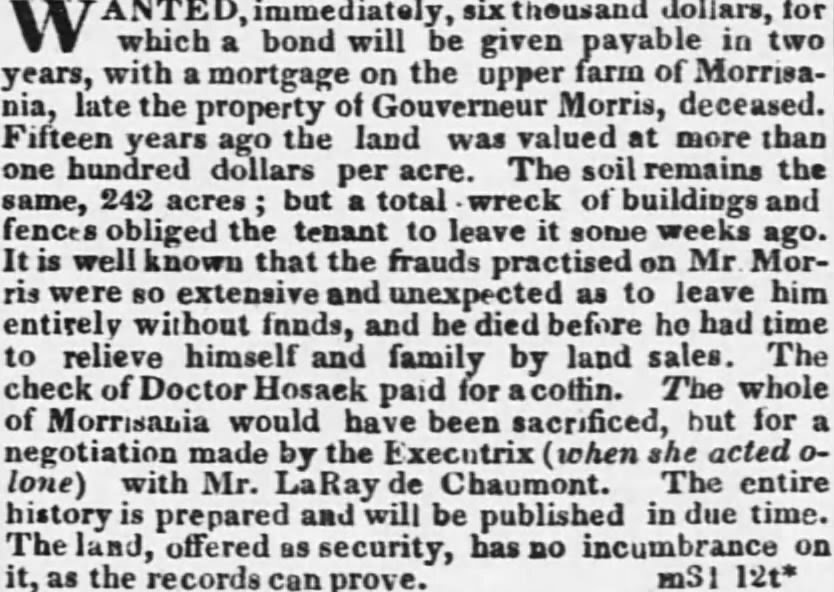
 GEORGIA ELECTION FRAUD. DOES THAT SOUND FAMILIAR TO A GENEALOGIST?
GEORGIA ELECTION FRAUD. DOES THAT SOUND FAMILIAR TO A GENEALOGIST?
We’ve all read about the alleged election fraud in Georgia in the last presidential election. I was surprised to read at the Carter Presidential Library about election fraud discovered in 1962 due to a challenge by future President Jimmy Carter.
In 1962, Jimmy Carter announced his campaign for an open Georgia State Senate seat fifteen days before the election. Rosalynn Carter, who had an instinct for politics and organization, was instrumental to his campaign. While early counting of the ballots showed Carter trailing his opponent, Homer Moore, this was later proven to be the result of fraudulent voting. The fraud was found to have been orchestrated by Joe Hurst, the chairman of the Democratic Party in Quitman County. Carter challenged the election result, which was confirmed fraudulent in an investigation. Following this, another election was held, in which Carter won against Moore as the sole Democratic candidate, with a vote margin of 3,013 to 2,182. Genealogist.
Here’s a link to our last issue’s article from our visit to the Carter Center.
https://gem.godaddy.com/p/62ad181
 ACCORDING TO GENEALOGISTS, BARNEY THE DINOSAUR WASN’T THE FIRST PERSON TO CHOOSE PURPLE AS HIS FAVORITE COLOR
ACCORDING TO GENEALOGISTS, BARNEY THE DINOSAUR WASN’T THE FIRST PERSON TO CHOOSE PURPLE AS HIS FAVORITE COLOR
Tyrian purple, also known as royal purple, imperial purple, or imperial dye, is a reddish-purple natural dye. The name Tyrian refers to Tyre, Lebanon. Several predatory sea snails secrete it in the family Muricidae, which were rock snails originally known as ‘Murex’. In ancient times, extracting this dye involved tens of thousands of snails and substantial labor, and as a result, the dye was highly valued.
Biological pigments were often difficult to acquire, and the manufacturers kept the details of their production secret. Tyrian purple is a pigment made from the mucus of several species of Murex snail. Production of Tyrian purple for use as a fabric dye began as early as 1200 BC by the Phoenicians and was continued by the Greeks and Romans until 1453 AD, with the fall of Constantinople. In the same way as the modern-day Latin alphabet of Phoenician origin, Phoenician purple pigment was spread through the unique Phoenician trading empire. Producing the pigment was expensive and time-consuming, and items colored with it became associated with power and wealth. This popular idea of purple being elite contributes to the widespread belief that purple is a “royal color”. The color of textiles from this period provides insight into sociocultural relationships within ancient societies and insights into technological achievements, fashion, social stratification, agriculture, and trade connections. Despite their value to archaeological research, textiles are quite rare in the archaeological record. Like any perishable organic material, they are usually subject to rapid decomposition, and their preservation over millennia requires exacting conditions to prevent destruction by microorganisms.
The ancient Phoenicians may have used Tyrian purple as early as 1570 BC. It has been suggested that the name Phoenicia itself means ‘land of purple’. The dye was greatly prized in antiquity because the color did not easily fade but became brighter with weathering and sunlight. It came in various shades, the most prized being that of black-tinted clotted blood.
Because it was extremely tedious to make, Tyrian purple was expensive: the 4th century BC historian Theopompus reported, “Purple for dyes fetched its weight in silver at Colophon” in Asia Minor.[8] The expense meant that purple-dyed textiles became status symbols whose use was restricted by sumptuary laws. The most senior Roman magistrates wore a toga praetexta, a white toga edged in Tyrian purple. The even more sumptuous toga picta, solid Tyrian purple with gold thread edging, was worn by generals celebrating a Roman triumph.
By the fourth century AD, sumptuary laws in Rome had been tightened so much that only the Roman emperor was permitted to wear Tyrian purple. As a result, ‘purple’ is sometimes used as a metonym for the office (e.g., the phrase ‘donned the purple’ means ‘became emperor’). The production of Tyrian purple was tightly controlled in the succeeding Byzantine Empire and subsidized by the imperial court, which restricted its use for the coloring of imperial silks. Later (9th century), a child born to a reigning emperor was said to be porphyrogenitos, “born in the purple”. Genealogist.
Here is a link to a person trying to determine the lost secret recipe for making Tyrian Purple:
https://www.bbc.com/future/article/20231122-tyrian-purple-the-lost-ancient-pigment-that-was-more-valuable-than-gold

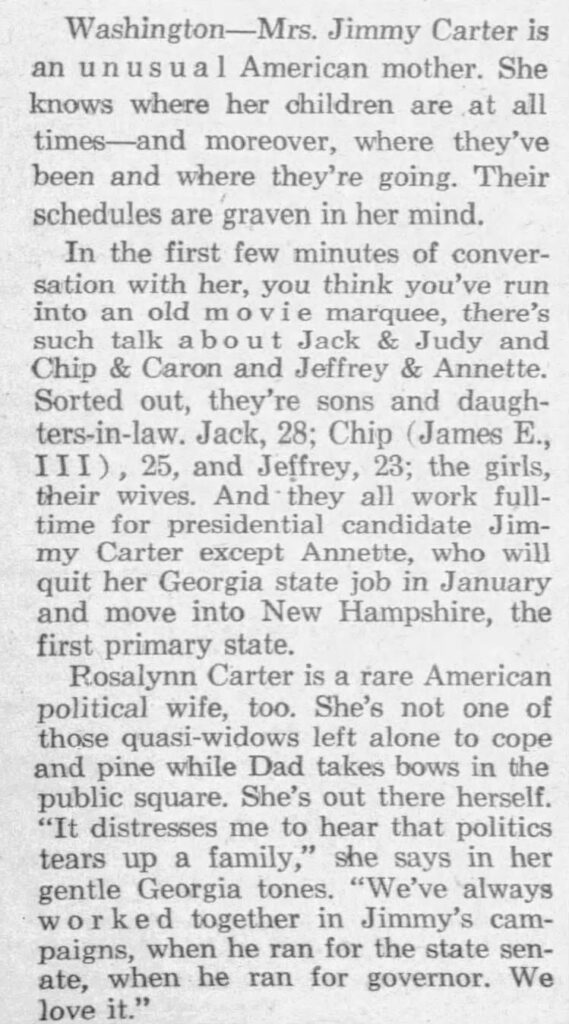


WHAT ABOUT YOUR ANCESTORS, ASKS THE GENEALOGIST?
Reach out to Dancestors Genealogy genealogists to research, discover, and preserve your family history. No one is getting any younger, and stories disappear from memory every year and eventually from our potential ability to find them. Paper gets thrown in the trash; books survive! So do not hesitate and call me @ 214-914-3598.


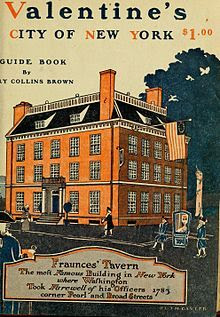 FRAUNCES TAVERN IN NYC HAS A FABULOUS HISTORY FOR A GENEALOGIST
FRAUNCES TAVERN IN NYC HAS A FABULOUS HISTORY FOR A GENEALOGIST MORE ON THE RISQUE LIFE OF FOUNDING FATHER GOUVERNEUR MORRIS BY A GENEALOGIST
MORE ON THE RISQUE LIFE OF FOUNDING FATHER GOUVERNEUR MORRIS BY A GENEALOGIST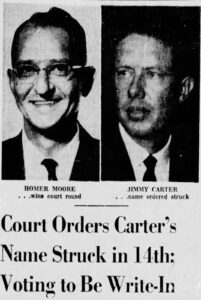 GEORGIA ELECTION FRAUD. DOES THAT SOUND FAMILIAR TO A GENEALOGIST?
GEORGIA ELECTION FRAUD. DOES THAT SOUND FAMILIAR TO A GENEALOGIST? ACCORDING TO GENEALOGISTS, BARNEY THE DINOSAUR WASN’T THE FIRST PERSON TO CHOOSE PURPLE AS HIS FAVORITE COLOR
ACCORDING TO GENEALOGISTS, BARNEY THE DINOSAUR WASN’T THE FIRST PERSON TO CHOOSE PURPLE AS HIS FAVORITE COLOR